1. Why are magnets magnetic?
Most matter is composed of molecules. Molecules are composed of atoms, and atoms are composed of nuclei and electrons. Inside the atom, the electron keeps spinning and revolving around the nucleus, and the two movements of the electron will produce magnetism. But in most materials, the directions of electrons are different and chaotic, and the magnetic effects cancel each other out. Therefore, most materials do not exhibit magnetism under normal conditions.
Ferromagnetic materials such as iron, cobalt, nickel, or ferrite are different. The electron spins in it can spontaneously arrange in a small range to form a spontaneous magnetization zone. This spontaneous magnetization zone is called a magnetic domain. After the ferromagnetic substance is magnetized, the internal magnetic domains are arranged neatly and in the same direction to strengthen the magnetism and constitute a magnet. The magnetization process of the magnet is the magnetization process of the iron block. The magnetized iron block and the magnet with different polarities generate attraction between the iron block and the magnet firmly.
2. How to divide metallic magnetic materials?
Metal magnetic materials are divided into material of permanent magnet and soft magnetic materials. Generally, materials with an intrinsic coercivity greater than 0.8kA/m are called permanent magnetic materials, and materials with an intrinsic coercivity less than 0.8kA/m are called soft magnetic materials.
3. How is the cost performance of different magnetic materials?
Ferrite: low performance, lowest price, good temperature characteristics, corrosion resistance, good character ratio
NdFeB: the highest performance, medium price, good strength, not resistant to high temperature and corrosion
Samarium cobalt: high performance, highest price, brittle, excellent temperature characteristics, corrosion resistance
Aluminum nickel cobalt: low performance, medium price, excellent temperature characteristics, corrosion resistance, poor interference resistance
Samarium cobalt, ferrite, neodymium iron boron can be manufactured by sintering and bonding methods. The sintered magnetic performance is high, the molding is poor, and the bonded magnet performance is relatively low, and it can be molded into various complex shape products. AlNiCo can be manufactured by casting and sintering methods. Cast magnets have higher performance and poor formability, while sintered magnets have lower formability and better formability.
The magnetic force is arranged from large to small: neodymium iron boron magnet, samarium cobalt magnet, alnico magnet, ferrite magnet.

Other Functional Composite Materials In addition to bonded magnetic compounds, we can also cooperate with customers to develop customized functional composite materials, such as high-density compounds and metal bonded plastic. We are committed to providing customers with new user experience and different design inspiration.
 CN
CN

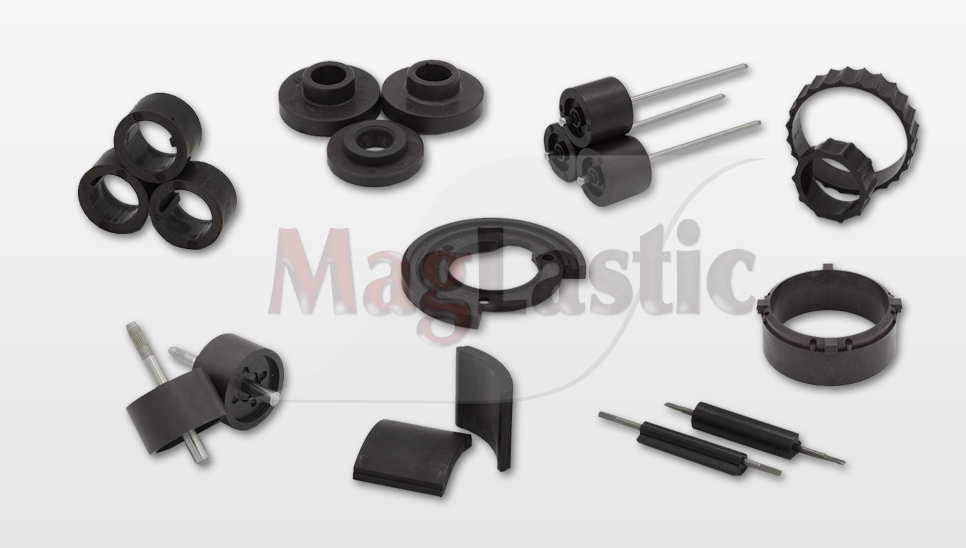
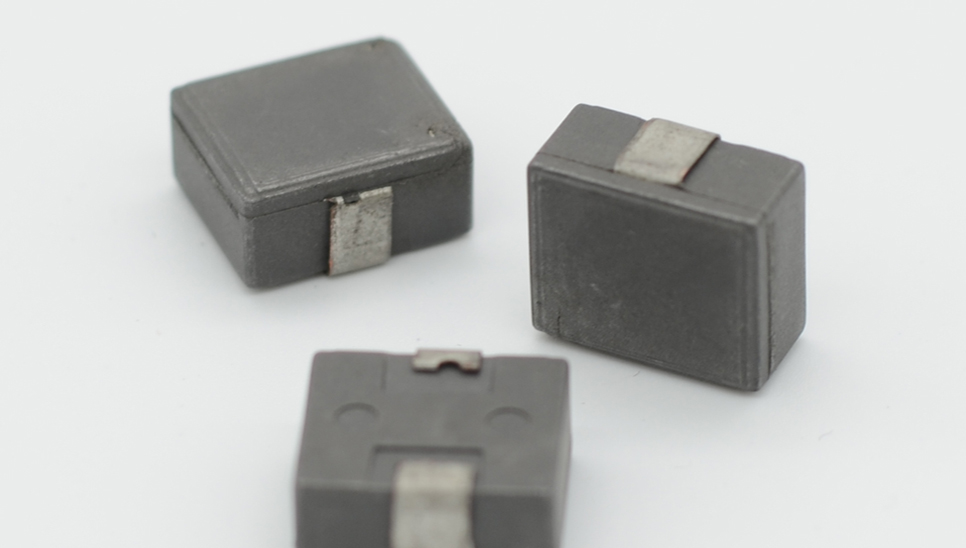
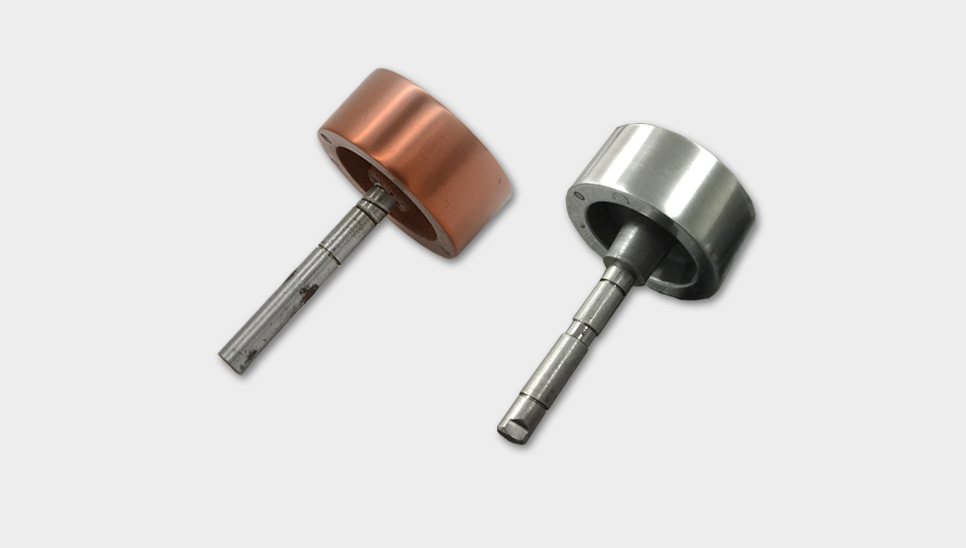
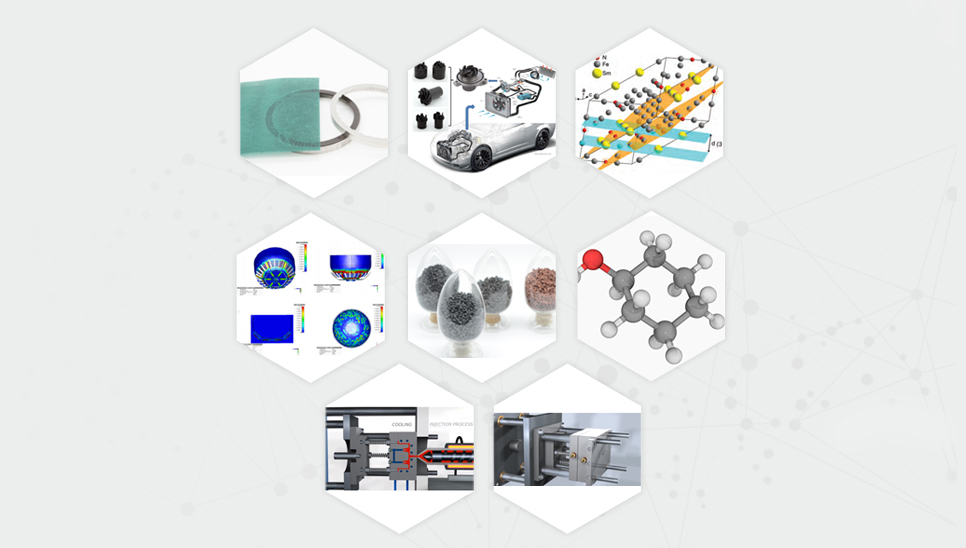

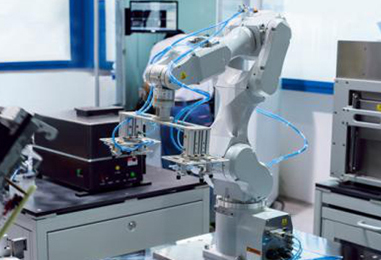
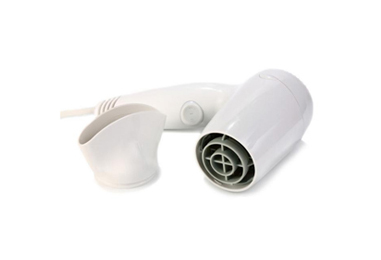

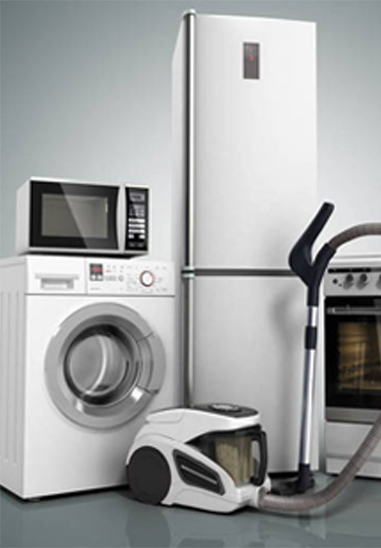

 Call us on:
Call us on:  Email Us:
Email Us:  1F, Building 3, NO.77 Gaoxin 13 road, Xiaoshan district, Hangzhou
1F, Building 3, NO.77 Gaoxin 13 road, Xiaoshan district, Hangzhou